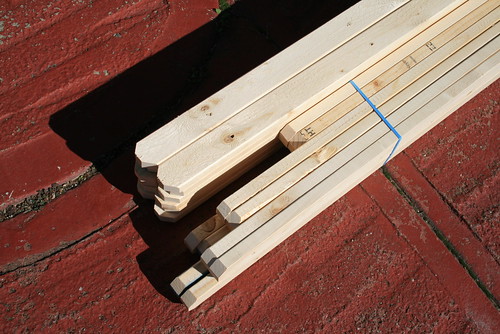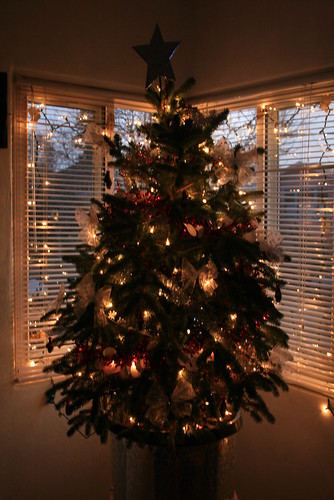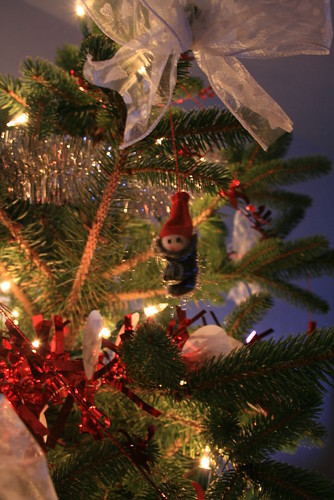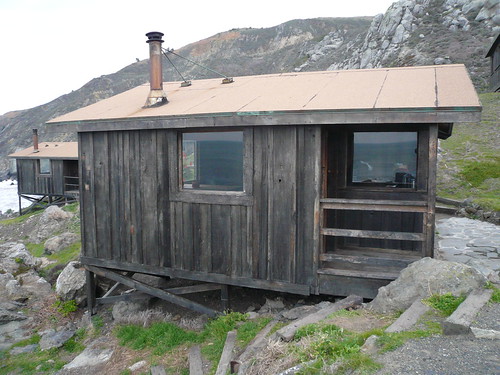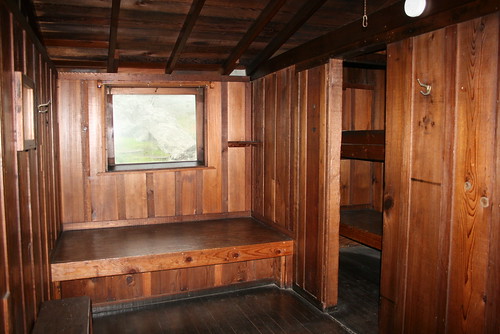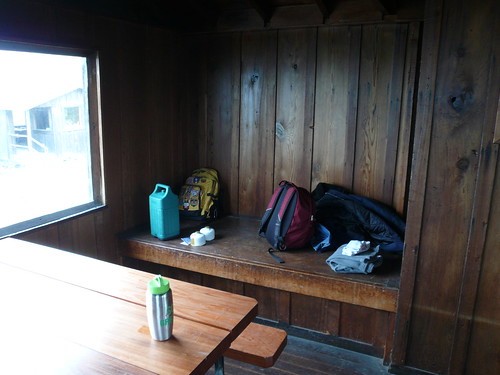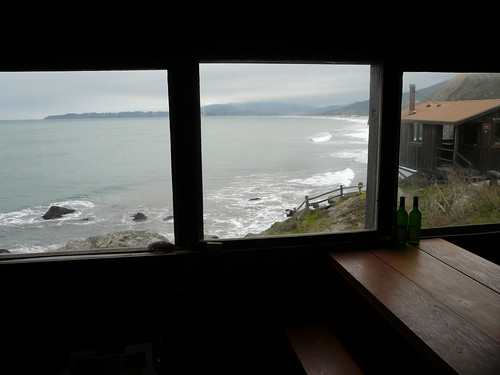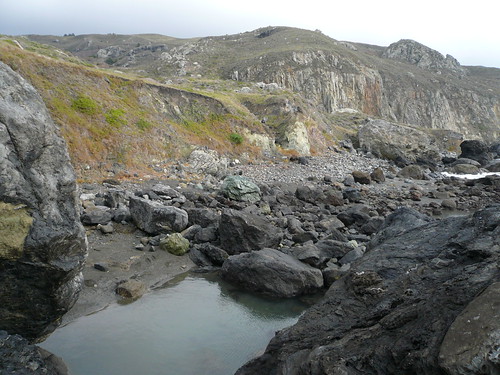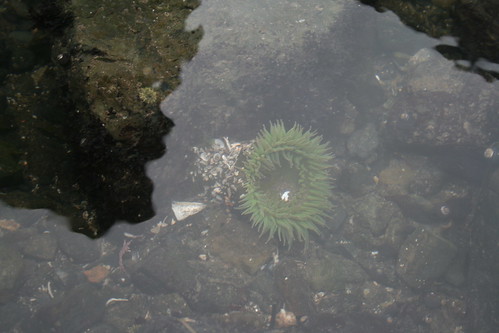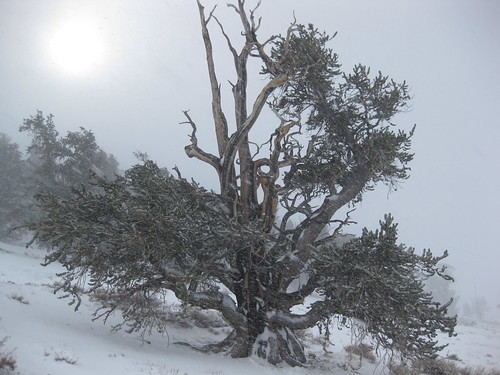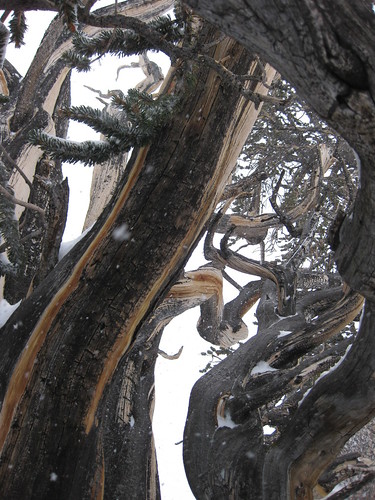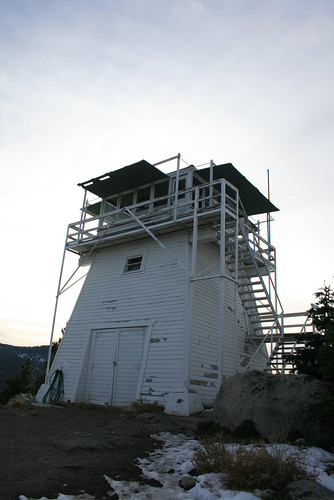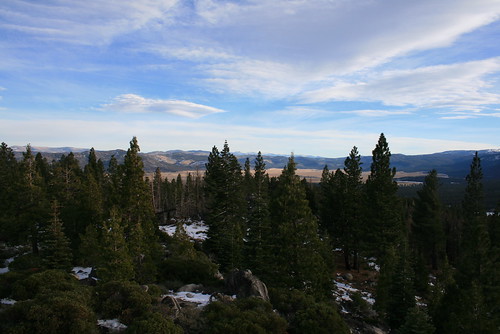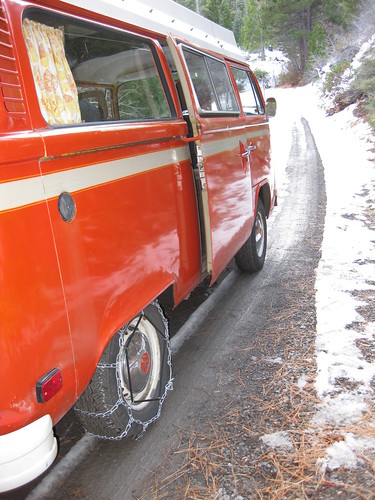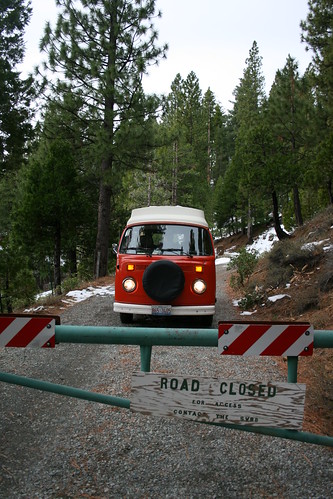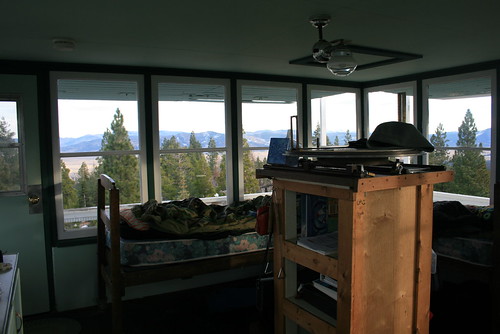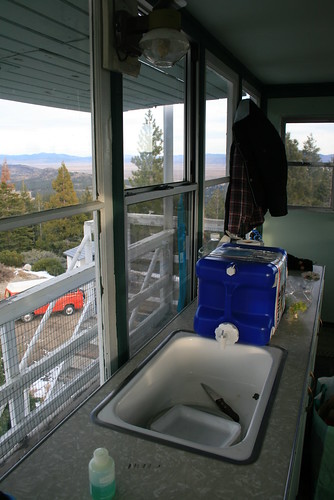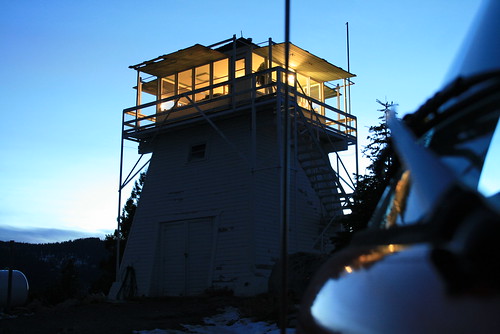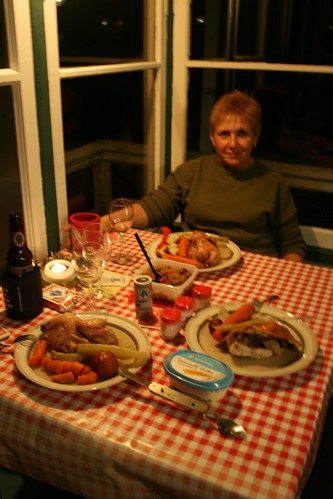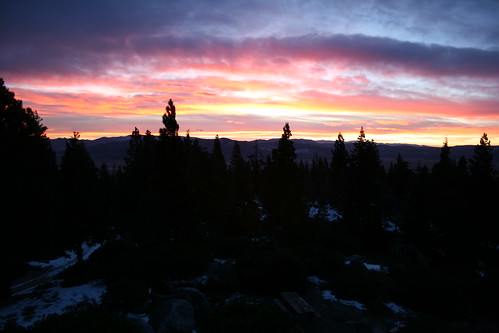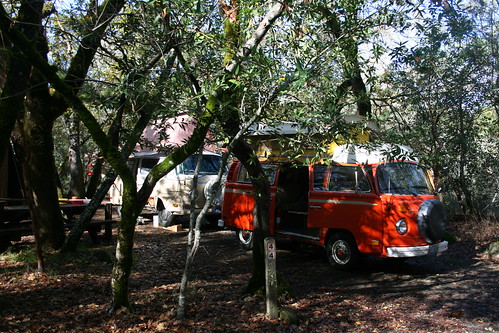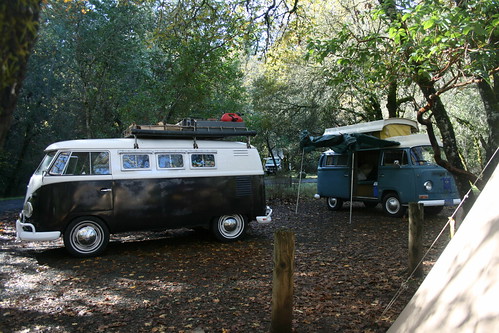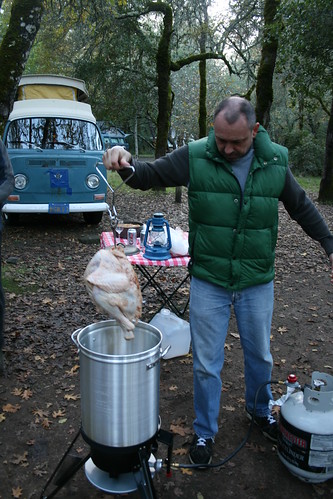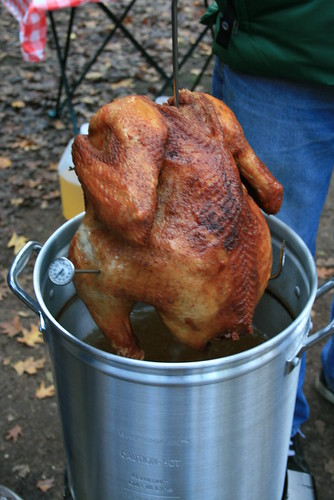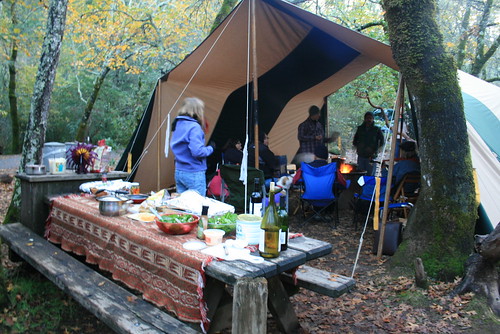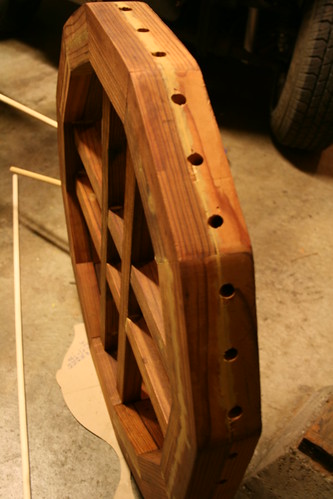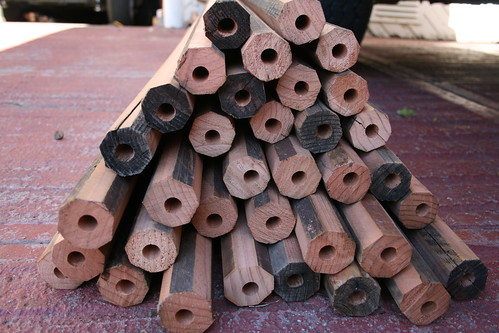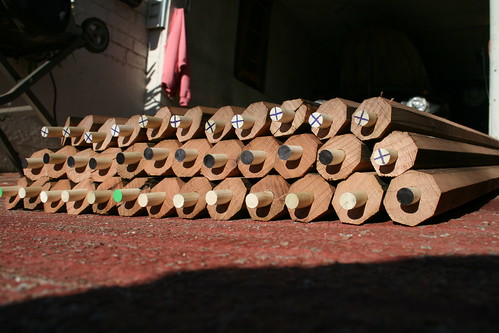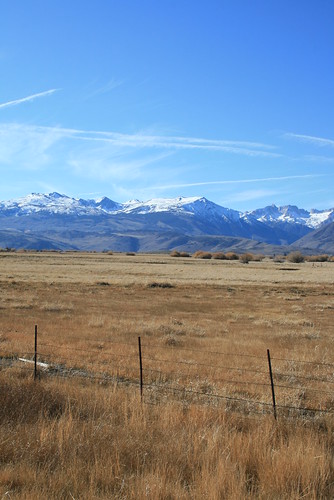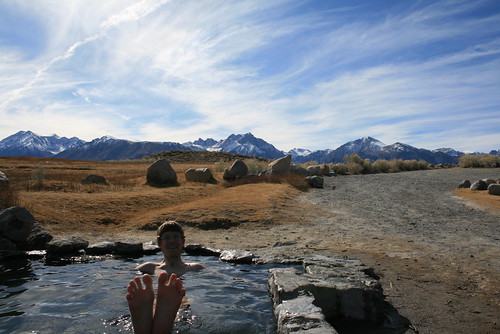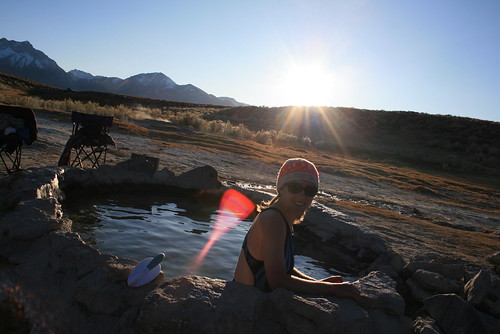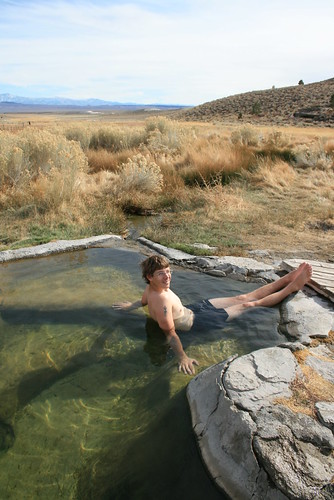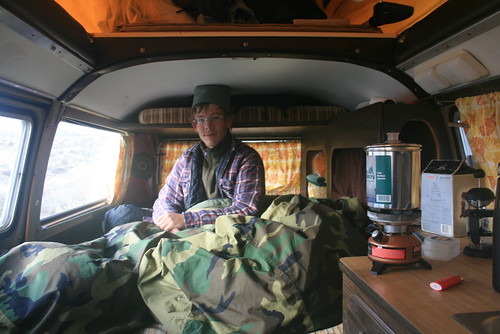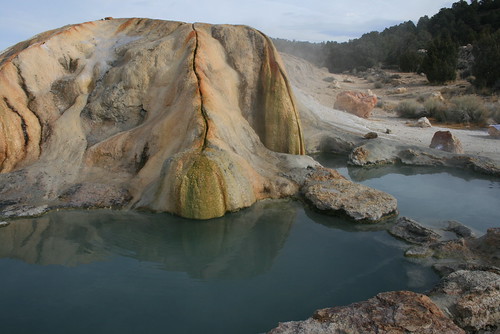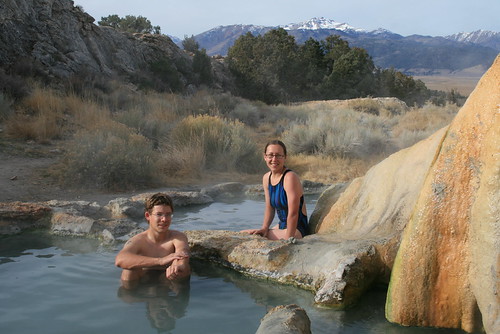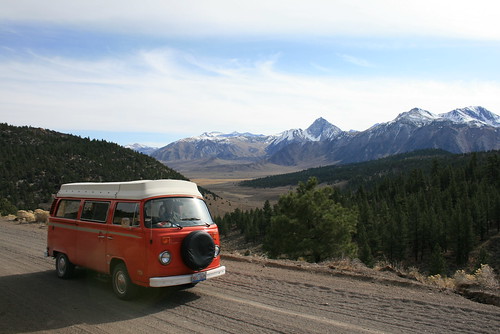One hot spring which Romy and I have been searching for lately is one just north of Steep Ravine Beach within Mt Tamalpais State Park, right on the shore of the ocean. We heard about it from a guy at another VW camp out, this time at Bothe-Napa Valley State Park. The hot spring lies almost on top of the San Andreas fault, by Stinson Beach. At Stinson Beach, there is piece of land called Point Reyes, which is on the other side of the fault (the west side) which has been moving northwards, slowly creeping. Its origins are from far south, meaning that the chunk of land which we know today as Point Reyes was once next to L.A., and going farther back in time, it was probably further south by Mexico or something. Anyways, the hot spring there is under water most of the time. It is only exposed during the lowest of tides. The tide must be -0.5ft or lower for the source of the spring to be exposed. The area has a few sources, actually. The highest of the sources lies within the rocks along the shore. A small pool is formed within the rocky shoreline, which is slightly overhanging, creating a cave of boulder ceilings. As the tide makes the cold Pacific Ocean waters recede, the spring water bursts out, filling the pool with hot water. Somehow people discovered it, and have been bathing there when low tide makes it possible. The other sources come up underneath the sand along the shore. Beyond the rocky shoreline, there is a flat expanse of sandy bottom which is exposed only during the most low tides (at least -1.0ft or lower). Hot water bubbles up from below, and you can bath in it by bringing a shovel or bucket and digging into the sands which lie above the various sources. When we visited on Dec 30th, the tide wasn’t low enough to expose those sources, but we read that you can tell if they are exposed because the sands will have bubbles rising up and out to the surface. Digging into the sand will create a personal pool, which you can soak in for a little while before the ocean comes back and swallows it up again.

Not knowing what to expect when we went, we brought a bucket, as well as towels and small beach chairs. According to what the guy told us (at the VW camp out), we drove down HWY 1 until we got near the Steep Ravine Cabins (which we rented a few weeks before – awesome) and parked the car. Then we walked down to the cabins along the paved road. We took the long way around, as we later discovered there was a much more direct way straight down the mountainside down to the ocean from right where we parked the car, but oh well. . . . Anyways, we got to Steep Ravine Beach, and he told us you have to go north a bit. We scrambled past the rocks, just north of the beach, and started smelling sulfur, a tell-tale sign. But the tide was only at 0 ft, so we waiting until the springs would be exposed. The tide was supposed to be getting down to -1.0ft that evening at 5pm, but it was only 4:15pm. After 20 minutes of nothing, we decided to move more northwards. Maybe we didn’t go far enough? As we walked, we saw a bunch of starfish clinging to the rocks which were normally under the water. One had a double foot. It had 6 feet!!! Gross.

We walked and scrambled over the rocks. I didn’t see anything. And I didn’t smell sulfur anymore, so I thought we were going way too far north. But then, all of a sudden, we saw cloths on a rock ahead. We kept going towards the cloths and found more and more cloths! Then we saw backpacks, and steam coming from in between some of the rocks near the shore. We saw naked people behind the boulders, and we knew we were in the right place. We had reached the famed hippy nudist hot springs!!! The actually pool was tucked in a cave, so it was hard to see how many people were inside. According to the shear amount of cloths on the rocks, we knew there were quite a lot of people. Nothing prepared me for what I saw next, as I peeked towards the pool. There we at least 20 to 25 naked people squished into the pool, which was the size of our VW bus. Holy crap this was about to get cozy.
We drove about an hour to get here, and hiked another 45 minutes, so we weren’t about to just give up now. We were going in! A nice (naked) man welcomed us, and told us there was still room, so we ‘dived in.’ The water was just the right hot-tub temperature. The bottom of the pool was a mix of large boulders and smaller rocks. All were soft and smooth. The ocean surf surrounded us, and the boulders above our heads had a bunch of mussels glued to the rocks. There were a bunch of older hippy-looking people crammed inside the pool. Mostly there were men (sausage fest), some with dred-locked hair, some with long hair and beards, some with dorky looking glasses. Some were the quiet type, while others were very social. A few women were there, and they looked normal to me. There was only one other woman with a bathing suit. Romy was the only guy with swimming trunks on. I went in with my suit on, which was not the norm there. But even with all those people in there, the pool was extremely peaceful. You could tell right away you were surrounded with people who were there because they loved nature, life, etc. The guy next to us, named Freddy, talked to me and told me a lot about the spring. We also talked about other natural hot springs. He told me how this particular spring deterred a lot of the wrong people – due to the dangerous trails, lack of personal space, and the ‘self-policing’ of the regulars. He said we were pretty mellow, and normally he didn’t encourage newcomers, but he liked us so he invited us back. I swear we were the youngest people there.
Freddy told us we looked conservative because of our glasses, but were probably pretty liberal (due to the whole coming to the hot springs thing). He said that was better than him, who looked pretty liberal but was really a conservative. These are the type of conversations that happened. He told us there was no alcohol allowed. He said everyone in the hot spring can smell the alcohol on somebody’s breath if they were drinking and that was shunned. The only smoke allowed was cannabis smoke, not tobacco (and of course the steaming smoke from the hot water). All in all, it was a great place and a great experience.
What made it special to me was the fact that it is so temporary. The spring is exposed for a maximum of 3 hours once (maybe twice) a month. At this time, the people gather and sit in cramped quarters to enjoy nature and life, comfortably warmed by the hot springs, whose heat source is deep within the earth. Cleaned naturally by the crashing waves of the ocean, the rocks are smooth and welcoming. It is hidden in a nook, hard to find. It’s the type of place you only know about because a friend told you about it. It’s not for everybody.
But I guess you can say the same thing about most natural hot springs. They are not for everybody. You have to be willing to drive far from civilization, sometimes hike a bit, deal with ghetto-rigged piping systems (sometimes), tolerate a bunch of algae or other slimy stuff (sometimes baby fish) and freezing temperatures (not the water of course). But if you love that, then I would suggest going on a natural hot springs hunt. Find a spring near you and go!

